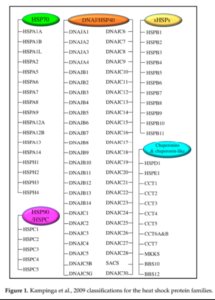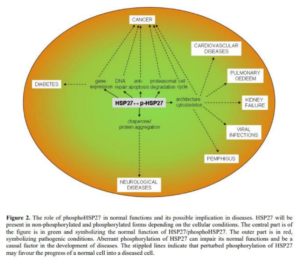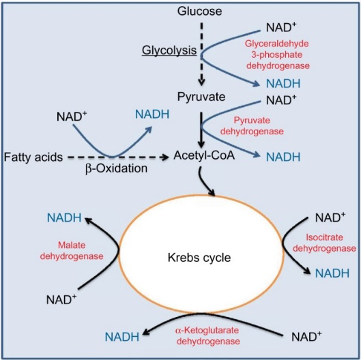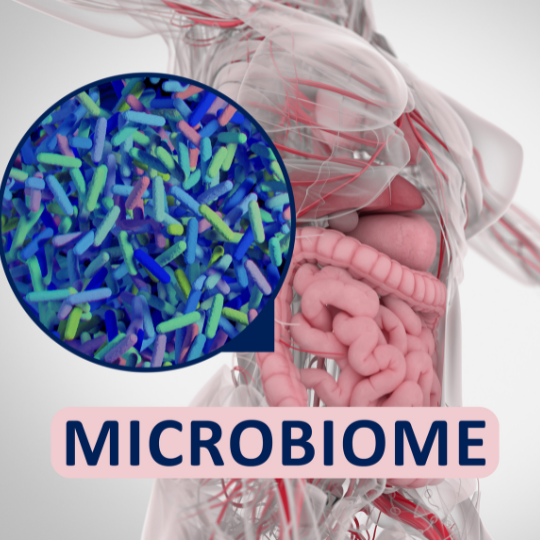Heat shock proteins (HSPs) are a group of molecular chaperones that are produced in response to cellular stress, such as high temperatures, oxidative stress, and inflammation. They play a crucial role in maintaining the structural and functional integrity of proteins within cells. The mechanism that triggers the release of HSPs is the activation of the heat shock transcription factor (HSF), which is responsible for the transcription and synthesis of HSPs.
There are 5 families of HSPs, depending on the molecular protein weight: HSP70s, HSP90s/HSPC, HSP40s/DNAJ, sHSPs & chaperonins:

Out of these, the HSP90 family is the most expressed in the human body and is usually involved in protein aggregation.
HSP Effects
The physiological and metabolic effects of HSPs are diverse and complex. HSPs can protect cells and tissues from stressor-induced harm by stabilizing denatured proteins, enabling refolding, and assisting them in regaining function. HSPs can also inhibit the synthesis of pro-inflammatory cytokines while increasing the expression of immune receptors, making them anti-inflammatory and immunomodulatory. Furthermore, HSPs have been demonstrated to defend against a variety of diseases, including cancer, neurological disorders, and cardiovascular disease.
However, the roles of HSPs can also backfire into pathological conditions. For example HSP27, while promoting DNA repair among others, can also cause various pathological conditions, depending on the level of phosphorylation it undergoes:

HSP Genetics and Regulation
In terms of genetic predispositions that may affect the metabolism of HSPs, several single nucleotide polymorphisms (SNPs) in key genes have been identified:
- the SNP rs1043622 in the HSP70 gene has been associated with an increased risk of cardiovascular disease and a decreased response to physical exercise
- similarly, the SNP rs1061581 in the HSP90B1 gene has been linked to an increased risk of cancer and a reduced response to chemotherapy
- finally, the SNP rs2241167 in the HSF1 gene has been linked to an increased risk of type 2 diabetes and a reduced response to caloric restriction.
There are several useful methods to regulate the release of HSPs, including the use of pharmacological agents, physical exercise, and dietary interventions. Pharmacological drugs such as geldanamycin and 17-AAG, for example, have been demonstrated to activate HSF and enhance HSP expression. Physical activity and hormesis in general have also been demonstrated to boost HSP synthesis by eliciting cellular stress, which activates HSF. Furthermore, dietary therapies like as calorie restriction and the ingestion of antioxidant-rich plant-based diets have been demonstrated to increase HSP production.

In conclusion, heat shock proteins are a group of molecular chaperones that play a crucial role in maintaining the structural and functional integrity of proteins within cells. They have diverse and complex physiological and metabolic effects, including a protective effect against various diseases. So stress your body here and there, be it through movement, breathing or other environment-related factors. Need some guidance? This is the first phase in our genetic and metabolic optimization approach, so reach out and we can take a stab at it together.












